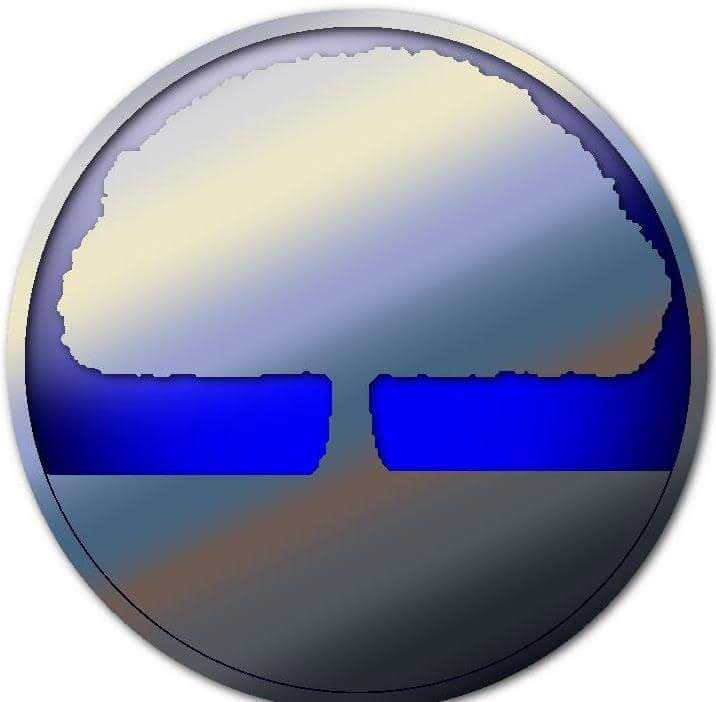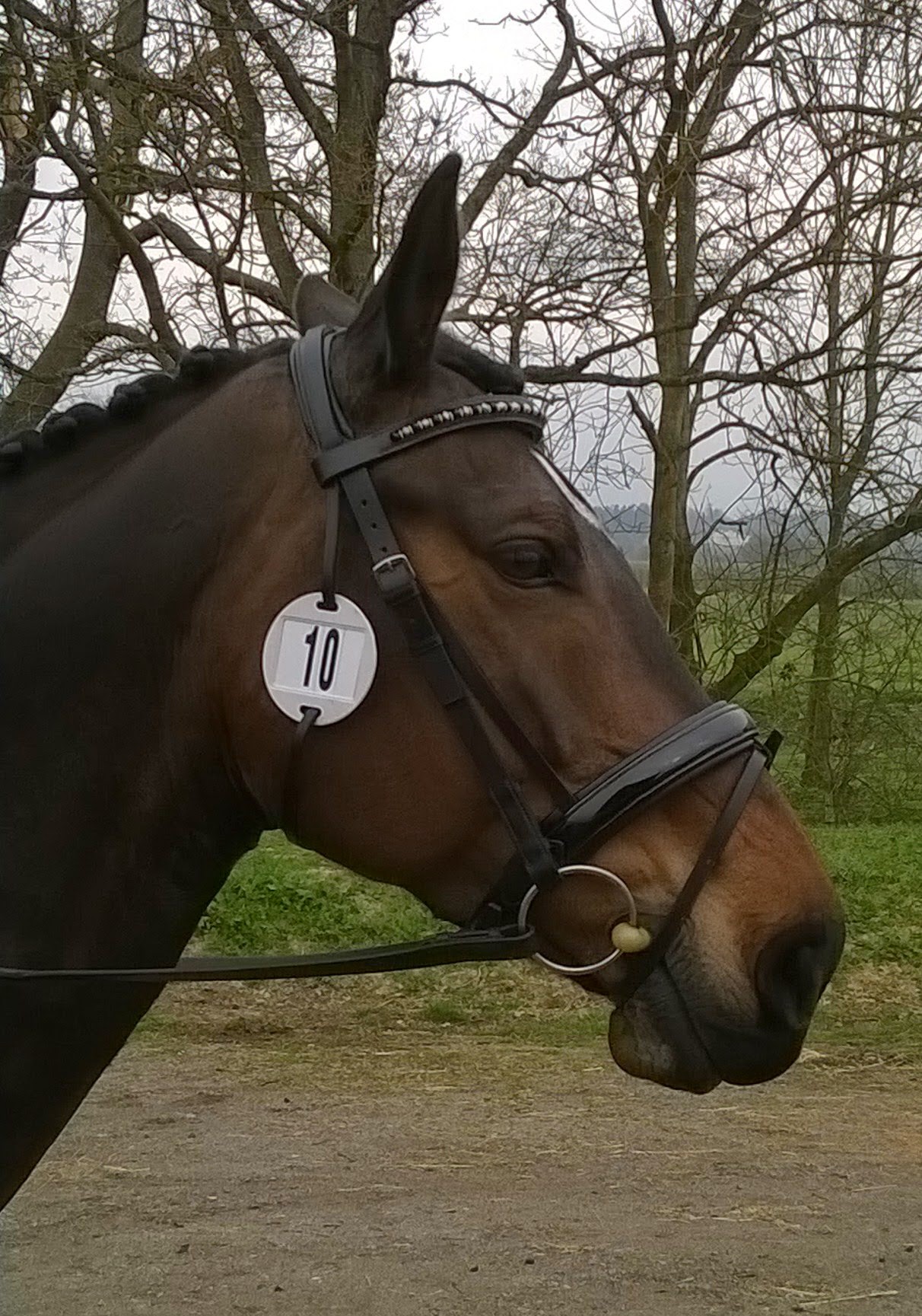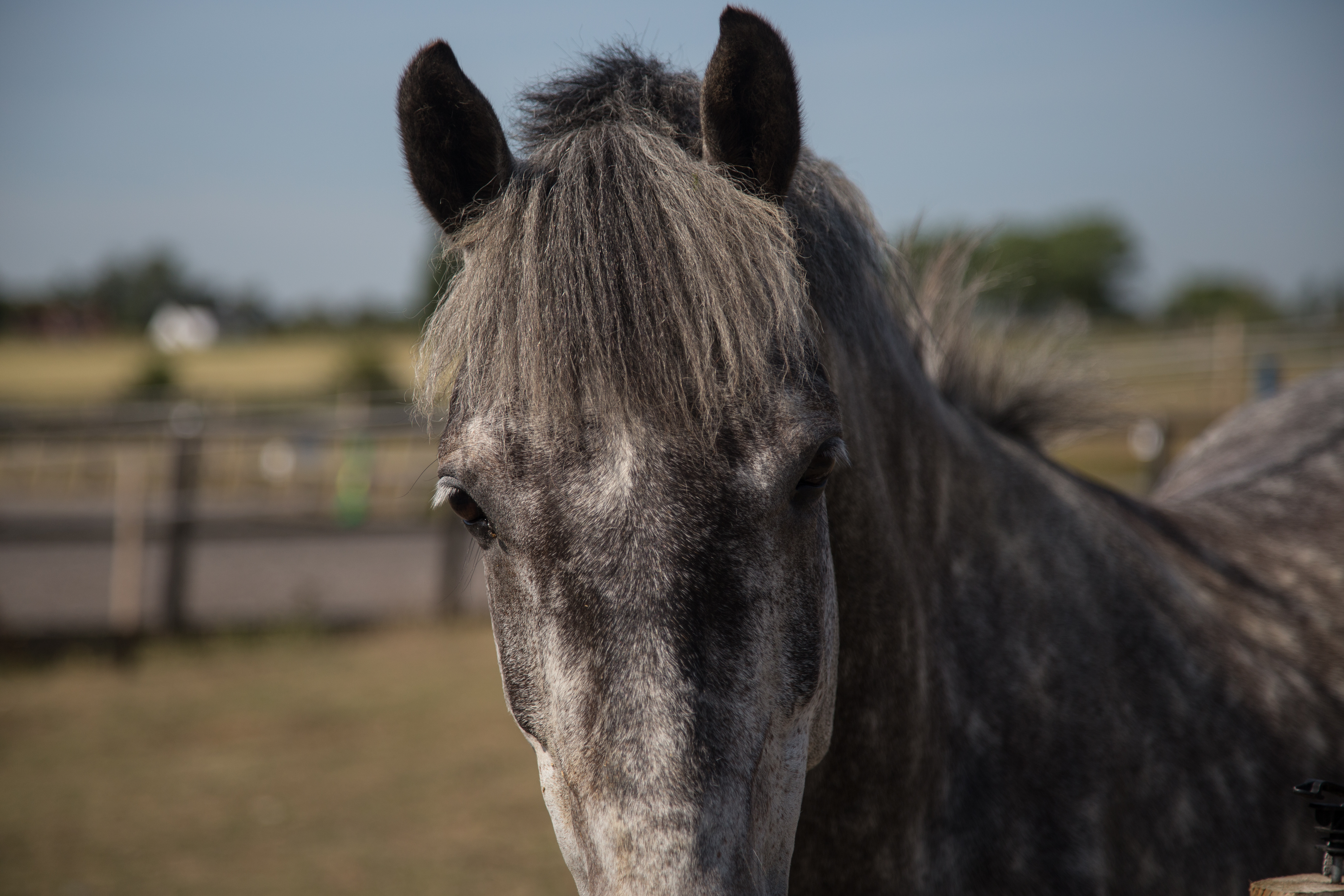
Is your Horse's Bridle fitting correctly
In this day and age it is rare to find a bridle handmade and made to measure. But is the bridle that your horse wearing actually fitting as it should? Check out my tips below and get the best from your bridle.

Horse Bridle fitting tips
Is your Bridle fitted correctly?
Below are the traditional horse bridle fitting tips
Whether you have a standard size or a made-to-measure bridle there are a few points you should be able to see. Most people have their saddles checked on a regular basis, but the importance of a well fitting bridle is often overlooked. Properly fitted it can lead to a better mannered horse, poorly fitted it can lead to problems and possible injury.
Browbands
A browband keeps a bridle from slipping too far back down the horse's neck. Browbands that are properly fitted to a bridle allow the headpiece to sit comfortably behind the horse's ears. You should be able to place two fingers easily underneath it. If it is too small it will pull the headpiece forwards and put pressure to the back of the horse's ears, too loose and it will leave a gap, bounce up and down on the horse’s forehead, or worse still cover the horse's eyes.
Cheekpieces
The cheekpieces are adjusted to keep the bit at the correct height. When adjusted correctly there should just be a wrinkle or two at the corner of the horse's mouth from the bit. Ideally the buckles should be in a line level with the horse's eye and on the middle hole of the headpiece.
Throatlatch
The throatlatch has a single function: to prevent the bridle coming over the horse's head. When buckled up you should be able to put four fingers sideways under the throatlatch. If it is too loose it will not serve its purpose and the bridle may come off in the event of a fall. Too tight and it may effect the horse's throat when its head is in a proper outline.
Noseband
A cavesson noseband should sit around two fingers width below the cheek bones. When buckled up you should be able to place two fingers easily under the noseband. Too tight and it may impede the horse's nasal passages and restrict breathing, or push the inside of the mouth against the horse's teeth causing injury.

Horse Bridle Measuring
Now this is a lot more complicated than measuring a belt!
You can take your measurements from an existing bridle, measure directly from your horse, or a combination of the two.